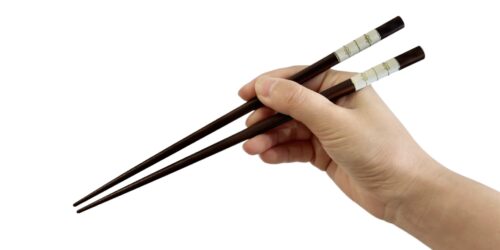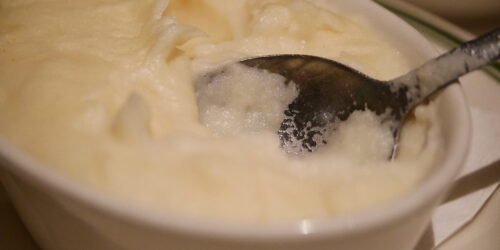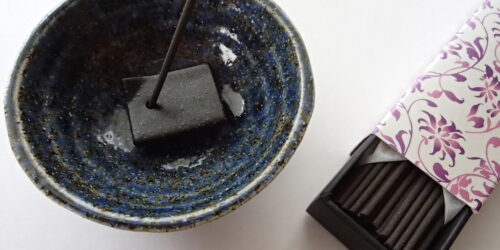Is It Rude to Leave Food on Your Plate in Japan?
The question of whether it’s rude to leave food on your plate in Japan is nuanced and doesn’t have a simple “yes” or “no” answer. It’s more complex than a single rule, and understanding the underlying cultural values is key. Here’s a breakdown:
1. The Traditional View (and Why it Exists):
Historically, YES, it was considered rude. Japan has a history of valuing resources, especially food. This stems from times when food scarcity was a real concern. The concept of mottainai (もったいない), which roughly translates to “what a waste!”, is deeply ingrained in Japanese culture. It expresses a feeling of regret over wastefulness. Leaving food was seen as:
Disrespectful to the ingredients: It implied that the ingredients (rice, fish, vegetables, etc.) were not worthy of being consumed. This extends to the effort of farmers, fishermen, and anyone involved in producing the food.
Disrespectful to the chef/cook: Leaving food could be interpreted as a subtle criticism of the meal’s quality or preparation. It suggested you didn’t appreciate their effort.
Ungrateful for the meal: Traditional Japanese meals often involve a degree of ceremony and appreciation. Leaving food undermined this sense of gratitude.
Itadakimasu and Gochisousama: It is a Japanese custom to say “Itadakimasu” before a meal and “Gochisousama” after the meal. “Itadakimasu” expresses gratitude for receiving the food, acknowledging the life that was sacrificed (in the case of meat or fish) and the effort involved in preparing it. “Gochisousama” expresses thanks to the host or chef for the delicious meal. Leaving food is at odds with these expressions of gratitude.
2. The Modern Reality (More Flexibility):
It’s becoming LESS strict, especially in casual settings. Modern Japan, particularly in larger cities and among younger generations, is more relaxed about this rule. While mottainai is still a valued concept, it’s not always strictly applied to finishing every grain of rice.
Portion sizes are a factor. Japanese portions are often smaller than those in some Western countries. This makes it easier to finish everything. If you’re served a very large portion, it’s becoming more acceptable to leave a small amount, especially if you’re genuinely full.
Dietary restrictions and allergies are understood. If you have a legitimate reason for not eating something (allergy, strong dislike, dietary restriction), it’s perfectly acceptable to explain this to your host or the restaurant staff. In fact, it’s better to communicate this than to force yourself to eat something you can’t or shouldn’t.
Restaurants vs. Home Dining: The rules are generally stricter in someone’s home than in a restaurant. At a home, your host has likely put a lot of thought and effort into the meal, and finishing your plate is a strong sign of appreciation. In a restaurant, while still appreciated, there’s a bit more leeway.
3. Best Practices (How to Navigate the Situation):
Start Small: If you’re unsure of your appetite or the portion size, it’s always better to start with a smaller amount and ask for more if you’re still hungry. This is especially true with rice. You can often say “Sukoshi, onegaishimasu” (少し、お願いします) to ask for a small portion.
Eat a Variety: Try to eat a little bit of everything, even if you don’t love every single item. This shows respect for the balance and thought that went into the meal.
Pace Yourself: Don’t rush through your meal. Eating slowly allows you to gauge your fullness and avoid overeating.
Communicate Clearly:
If you’re full: You can say “Oishikatta desu. Onaka ga ippai desu.” (美味しかったです。お腹がいっぱいです。) – “It was delicious. I’m full.” The emphasis on “delicious” is important, as it shows you enjoyed the meal.
If you have dietary restrictions: Explain this politely before ordering or being served. For example, “Sumimasen, [food] arerugii ga arimasu.” (すみません、[food] アレルギーがあります。) – “Excuse me, I have a [food] allergy.” or “[Food] ga nigate desu.” ([Food] が苦手です.) “I don’t like [Food]”.
If you simply don’t like something: It’s generally best to try a little bit, but if you really dislike it, it’s okay to leave it. You don’t need to make a big fuss about it, but you can subtly focus on the other items.
Rice is Key: Rice is considered the staple food in Japan. Leaving a significant amount of rice is more likely to be noticed (and potentially seen as impolite) than leaving small amounts of other side dishes. Try your best to finish your rice, or ask for a smaller portion to begin with.
Don’t Play with Your Food: Avoid picking at your food or moving it around your plate without eating it. This can be seen as disrespectful.
Observe Others: If you’re unsure, take cues from your Japanese companions. See how they’re handling their plates.
4. Important Distinctions:
“Clean Plate Club” is NOT the Goal: The goal isn’t to force yourself to eat until you’re uncomfortably full. The goal is to show appreciation and minimize waste. A small amount of food left (especially if you’ve clearly enjoyed the meal) is usually acceptable.
Context Matters: A formal dinner with a business associate requires more adherence to traditional etiquette than a casual meal with friends at an izakaya (Japanese pub).
In summary:
While leaving food on your plate in Japan was traditionally considered rude, it’s becoming more relaxed, especially in casual settings. The key is to show appreciation for the meal, communicate clearly if you have any issues, and try your best to minimize waste. Don’t stress about finishing every single grain, but do be mindful of the cultural values of mottainai and showing gratitude. A little effort to be respectful goes a long way!






